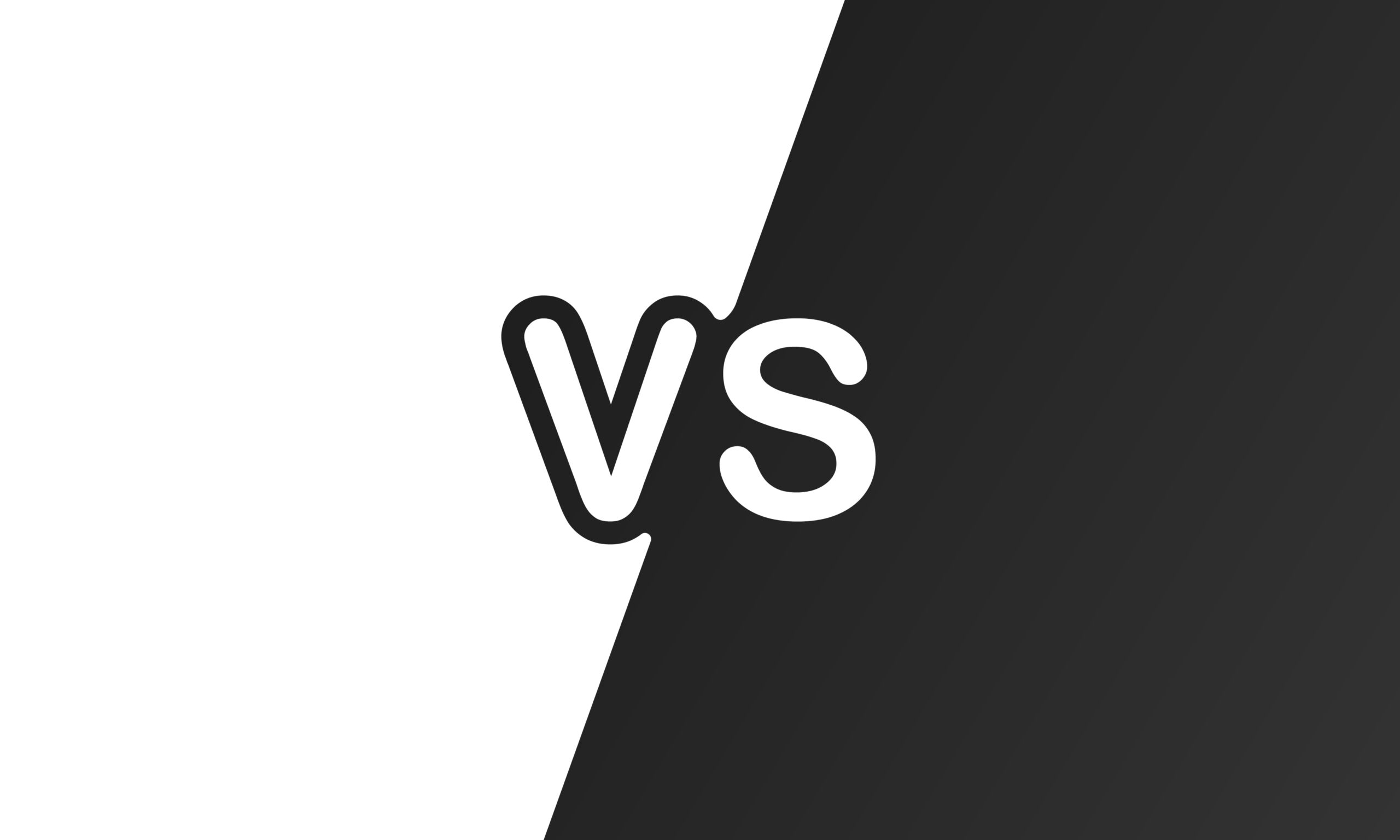Are you ready to embark on an exciting blogging journey but find yourself at a crossroads, unsure of which platform to choose? With the plethora of options available, selecting the right platform can feel like a daunting task. Fear not, for we’re here to guide you through the maze of choices and help you make an informed decision.
In this comprehensive guide, we’ll delve deep into two of the most popular platforms in the blogging sphere: Substack vs. WordPress. Whether you’re a seasoned writer looking to monetize your content or a budding blogger eager to share your thoughts with the world, we’ll explore the features, benefits, and drawbacks of each platform to assist you in making the best choice for your blogging endeavors.
Join us as we unravel the intricacies of Substack vs. WordPress, examining their key features, customization options, and suitability for various blogging goals. By the end of this journey, you’ll have the knowledge and insight necessary to confidently select the platform that aligns perfectly with your unique vision and aspirations.
So, without further ado, let’s embark on this enlightening exploration of Substack and WordPress, and pave the way for a fulfilling and successful blogging journey ahead.
Quick Links
Substack vs. WordPress
Substack and WordPress are both popular platforms for creating and managing content online, but they serve somewhat different purposes and have distinct features.

Understanding Substack
Substack has emerged as a prominent platform for writers and content creators seeking to connect directly with their audience. Launched in 2017, Substack offers a streamlined approach to content creation and distribution, with a focus on simplicity and engagement.
Key Features of Substack
- Built-In Newsletter Functionality: Substack simplifies the process of creating and sending newsletters to subscribers. With its integrated newsletter feature, users can craft and deliver compelling content directly to their audience’s inbox.
- Monetization Options: One of Substack’s most appealing aspects is its monetization capabilities. Creators can offer premium subscription plans, allowing them to monetize their content and cultivate a loyal subscriber base.
- User-Friendly Interface: Substack boasts an intuitive interface that caters to both novice and experienced writers. Its minimalist design prioritizes content readability, providing a seamless user experience for creators and subscribers alike.
Substack’s emphasis on simplicity and direct audience engagement makes Substack vs. WordPress it an attractive option for writers looking to share their ideas and monetize their content with ease.
Exploring WordPress
WordPress, on the other hand, is a versatile content management system (CMS) that powers a significant portion of the internet. It offers unparalleled flexibility and customization options, making it a popular choice for bloggers, businesses, and developers alike.
WordPress is a powerful and versatile content management system (CMS) that powers a significant portion of the internet. Originally developed as a blogging platform, WordPress has evolved into a comprehensive CMS that enables users to create and manage various types of websites, from personal blogs to e-commerce stores and corporate websites.
At its core, WordPress provides a user-friendly interface for creating, editing, and publishing content. It offers a wide range of customizable themes and plugins, allowing users to tailor their websites to their specific needs and preferences. With its intuitive dashboard and WYSIWYG (What You See Is What You Get) editor, WordPress makes it easy for users of all skill levels to create professional-looking websites without any coding knowledge.
WordPress is also renowned for its robust community support and extensive documentation, making it a popular choice for both beginners and experienced web developers. Additionally, WordPress is highly Substack vs. WordPress customizable, with developers having the ability to create custom themes, plugins, and extensions to extend the platform’s functionality even further.
Key Features of WordPress
- Customization Flexibility: WordPress boasts a vast ecosystem of themes and plugins, allowing users to customize their websites to suit their specific needs. Whether you’re looking to create a personal blog or a full-fledged e-commerce site, WordPress offers the tools to make it happen.
- SEO Optimization: WordPress is highly regarded for its search engine optimization (SEO) capabilities. With robust SEO plugins like Yoast SEO, users can optimize their content for better visibility in search engine results.
- Scalability: As your blog grows, WordPress can scale with you. Whether you’re attracting thousands of visitors per day or expanding your content offerings, WordPress can accommodate your evolving needs.
The Benefits of WordPress
WordPress offers numerous benefits that make it a popular choice for website creation and management:

- User-Friendly Interface: WordPress features an intuitive dashboard and editor, making it easy for users of all skill levels to create, edit, and publish content without the need for coding knowledge.
- Customization Options: With thousands of themes and plugins available, WordPress offers unparalleled customization options. Users can easily customize the look and functionality of their websites to suit their unique needs and preferences.
- Versatility: WordPress is incredibly versatile, capable of powering various types of websites, including blogs, e-commerce stores, portfolios, forums, and more. Its flexibility makes it suitable for individuals, businesses, and organizations of all sizes and industries.
- SEO-Friendly: WordPress is inherently SEO-friendly, with features such as clean code structure, customizable permalinks, Substack vs. WordPress and SEO plugins like Yoast SEO. These features help improve a website’s visibility in search engine results, driving organic traffic and increasing its online presence.
- Community Support: WordPress has a vast and active community of users, developers, and contributors who offer support, resources, and guidance. Whether through forums, tutorials, or documentation, users can find assistance and solutions to their WordPress-related Substack vs. WordPress questions and issues.
The Drawbacks of WordPress
- Complexity for Beginners: Despite its user-friendly interface, WordPress can still be overwhelming for beginners, especially those with Substack vs. WordPress little to no experience in web development. Managing themes, plugins, and settings may require a learning curve for some users.
- Security Vulnerabilities: Due to its widespread usage, WordPress can be a target for hackers and malicious attacks. Vulnerabilities in themes, plugins, or the core software itself can potentially compromise the security of a WordPress site if not promptly addressed with updates and security measures.
- Maintenance Requirements: WordPress sites require regular maintenance to ensure optimal performance and security. This includes updating themes, plugins, and the WordPress core, as well as implementing backups and security measures. Failure to maintain a WordPress site can lead to performance issues and security vulnerabilities.
- Performance Concerns: While WordPress is capable of powering high-performance websites, poorly optimized themes and plugins can impact site speed and performance. Users need to be mindful of the resources their site consumes and optimize accordingly to maintain a smooth user experience.
- Dependency on Plugins: While plugins extend WordPress’s functionality, relying too heavily on them can lead to bloated code, compatibility issues, and security vulnerabilities. Users should carefully vet and limit the number of plugins they use to avoid potential drawbacks.
In summary, Substack is best suited for writers and publishers who want to focus on creating and monetizing newsletters, while WordPress is a more versatile platform that can be used to create a wide range of websites. Your choice between Substack vs. WordPress the two will depend on your specific needs and goals.
Choosing the Right Platform for You
When it comes to selecting the ideal platform for your blogging journey, several factors come into play for Substack vs. WordPress. Both Substack vs. WordPress offer unique advantages, catering to different needs and preferences. To determine the right fit for you, consider the following considerations:

Consider Substack if:
- Simplicity and Ease of Use: If you prefer a straightforward approach to content creation and distribution, Substack’s user-friendly interface may be the perfect fit for you.
- Focus on Direct Audience Engagement: Substack’s integrated newsletter functionality allows you to engage directly with your audience, fostering a sense of community and connection.
- Monetization Opportunities: With Substack’s built-in monetization options, you can potentially earn revenue through subscription-based content, making it an attractive choice for writers looking to monetize their work.
Consider WordPress if:
- Customization and Flexibility: If you value flexibility and customization options, WordPress offers a vast array of themes, plugins, and customization features to tailor your blog to your unique vision.
- Diverse Content Offerings: Whether you’re interested in blogging, e-commerce, or creating a multimedia website, Substack vs. WordPress WordPress provides the versatility to accommodate a wide range of content types and formats.
- Scalability and Growth Potential: As your blog evolves and grows, WordPress can scale with you, offering the scalability and robust infrastructure needed to support your expanding audience and content offerings.
By carefully considering your goals, preferences, and priorities, you can determine whether Substack or WordPress is the right platform to support your blogging journey. Whether you prioritize simplicity and direct engagement with Substack or crave the customization and scalability of WordPress, the key is to choose the platform that aligns best with your unique vision and aspirations.
Final thought
Ultimately, Substack vs. WordPress boils down to your individual needs and preferences. Both platforms offer distinct advantages, whether you’re prioritizing simplicity and direct audience engagement with Substack or seeking unparalleled customization and scalability with WordPress. Take the time to evaluate your goals and consider which platform aligns best with your blogging journey. With the right platform Substack vs. WordPress at your disposal, you’ll be well-equipped to embark on a successful blogging adventure.
Ultimately, if your primary focus is on creating and distributing newsletters with minimal technical overhead, Substack may be the better choice. However, if you require greater flexibility Substack vs. WordPress and control over your website’s design and functionality, and you’re willing to invest the time and effort into managing a self-hosted platform, WordPress may be the way to go.
Regardless of which platform you choose, both Substack vs. WordPress offer valuable tools for sharing your content with the world and building a community around your ideas. It’s essential to carefully consider your priorities and resources to make the decision that best aligns with your objectives.
Also read:-


